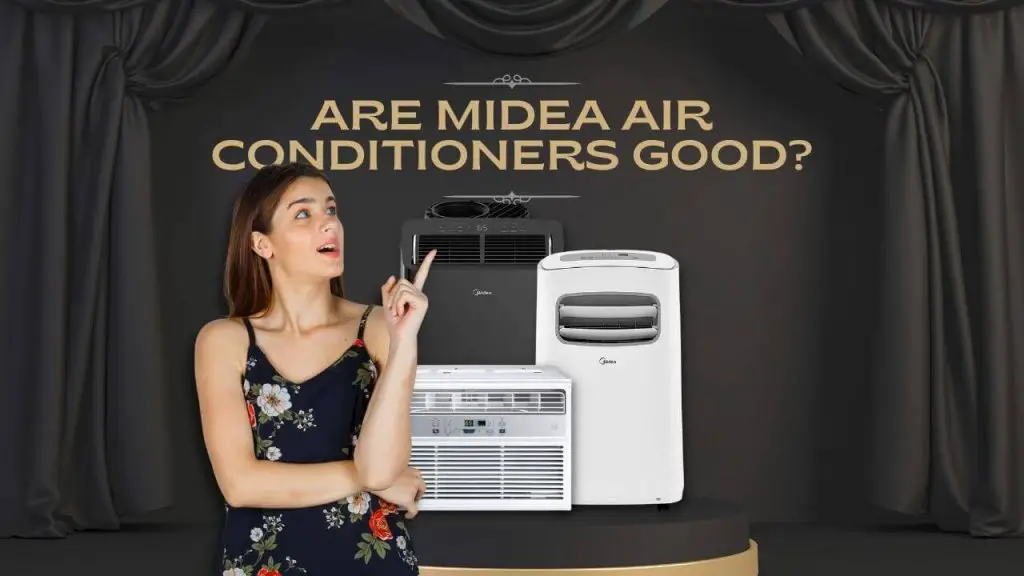If you do a simple search on this topic, you’ll find too many contradicting answers that will leave you more confused. There is a theory that a window air conditioner unit requires some amount of tilting to ensure water from condensation is disposed off outside the building.
This means tilting it slightly towards the outside to direct the flow of water outdoor rather than have it flow through the wall and into the building.
The question is, how much should you tilt your air conditioner? While the question of whether you need to tilt your AC in the first place remains a debate, there are several suggestions of just how much tilting is required.
Some suggest that there should be a difference in height between the inside and the outside, and the AC should be installed at 3/16″ and 5/16″.
Others suggest you keep the angle as minimally as possible to leave some water in for the fan to use. But is this even necessary at all?
Should an air conditioner be tilted or leveled?
The answer depends on the type and model of air conditioner you have. Newer window AC units are designed in such a way that they can function and expel the water outside comfortably even when leveled.
Such models should be leveled because they already have the required slope inside. The unit has certain internal components that trap condensation when they form, allowing the water to drain through a well-designed system and out of the house.
This often includes gutters and channels that help to move the water to a spot from where they’re disposed off.
Tilting such models will even cause more harm than good, disrupting the flow of water from the direction it is designed to take to a different direction that may cause some damage.
However, if what you have is an older model that lacks this internal drainage system, you may want to adopt the formula prescribed earlier or just tilt by an inch for best results.
So, the answer is Yes to both, depending on what model you’re using. Just be sure to check the manual that accompanies the product.
What exactly happens when you tilt an air conditioner?
Asides from the obvious outcome for air conditioners that need tilting to dispel condensate water out the back, tilting (if done too severely) can turn the compressor on its side and make the oil settle in its bottom half.
This can deprive some parts of the compressor of oil and cause it to malfunction if left that way for long. So, if you have to tilt an air conditioner, be sure the angle is really minimal to avoid such damage.
Another factor to consider is that most modern models do not require tilting because they have been engineered properly to dispel condensate water out the back of the unit. Tilting such a unit will only lead to damage because it will distort the intended mechanism of letting water out.
What happens if you don’t tilt an air conditioner?
If you have an air conditioner that requires tilting and you fail to do so, you’ll probably be inviting a slip and slide into your home.
First of all, you’ll have water dripping into your home and messing up the entire place. If you have furniture or electronics lying on the floor, you can only imagine the level of damage.
Secondly, the water is very likely to drip on your wall and slip its way down. Whether it’s wood or brick, this moisture can affect the strength and integrity of the structure or, at least, deface it.
Other times, the water may simply collect in a part of the unit and cause some damage within the AC.
Other options:
There are air conditioners that do not drip. They are called non-drip units. Some manufacturers also call them self-evaporating AC units because of the way they function.
There’s no dripping of water. Rather, the condensate water that the evaporator produces is used as a coolant fluid.
Here, at least half of the condensate water collected by the unit is recycled, used as a coolant to cool off the inner coils, and enhancing the efficiency of the unit.
It doesn’t stop there. What is left of the water is not drained out and doesn’t drip into a bucket at the rear.
Instead, it simply evaporates into the outdoor air, along with the warm air that goes out through the back of the AC. With this unit, the need to tilt or empty the bucket or tray outside is erased.
What is the proper angle for an air conditioner?
As far back as 25 years ago, manufacturers had begun designing their units to either have the inbuilt slope that allows water to drain outside the building easily.
Some others like Carrier designed their units in a way that allowed condensed water to serve as a coolant by spraying it on the hot coil (condenser) to boost efficiency.
Today, there are several other products designed these ways. With such modern products, the unit should be leveled from side to side and from front to back; no tilting is required.
For most other units, a slight tilt downwards to the outside will help to drain condensation.
It may be hard to determine the angle from the inside, so you can put a little magnetic level, like the Stabila 25100 10-Inch Die-Cast Rare Earth Magnetic Level, on the outer part of your window unit to measure the angle/pitch.
In the end, just be sure the rear of the unit is at a slightly lower angle than the front.
| Photo | Product | Buy |
|---|---|---|

|
Stabila 25100 10-Inch Die-Cast Rare Earth Magnetic Level , Yellow | Check Price On Amazon |
How do you tilt an air conditioner?
Except the window frame base is really wide, simply pushing the window unit further out the back will give it a natural tilt downwards. Braces can be cut and attached to aid this dropping.
In a situation where the front part on the inside is dropping (which may cause water to flow into your home), you would need to push it back out a bit and see if that works.
If it doesn’t, you may want to add some padding in the front to lift it a bit and create the slope you need.
If you’re going to use brackets, be sure they’re properly fixed to prevent a downward tilt on the front.
Most window units will not require brackets though, unless you’re in New York City where it is a law, regardless of the weight of your unit. A good example of such brackets is the ZHOUWHJJ Universal Window Air Conditioner Bracket
| Photo | Product | Buy |
|---|---|---|

|
Universal Window Air Conditioner Bracket Universal AC Window Support Bracket - Heavy Duty Support Up to 165 lbs, 5,000 to 22,000 BTU AC Units | Check Price On Amazon |
Final Words:
At the end of the day, it depends on the air conditioning model you purchase and what the manual says. If you do need to tilt, be sure to apply caution and stay within the ½ to 2 inches range.
Try to keep the AC leveled of you do not need to tilt it. Note that a wrong installation can make everything go awry and send your investment to the ruins.
If you’re clueless about the installation, ensure to get maintenance to help with it. Otherwise, get one or two other hands to help you get it done.
| Photo | Title | Buy |
|---|---|---|

|
LEVOIT Air Purifier for Home & Bedroom - For Allergies and Pets Hair | Check Price On Amazon |

|
BREEZOME 60 OZ Quiet Dehumidifiers for Home, Dual-Semiconductor | Check Price On Amazon |

|
AquaOasis™ Cool Mist Quiet Ultrasonic Humidifier for Bedroom & Large room | Check Price On Amazon |

|
43.3'' Portable Air Conditioners, 3-IN-1 Evaporative Air Cooler w/Remote | Check Price On Amazon |

|
BlueDri BD-AS-550-BL Negative Machine Airbourne Cleaner HEPA Air Scrubber | Check Price On Amazon |
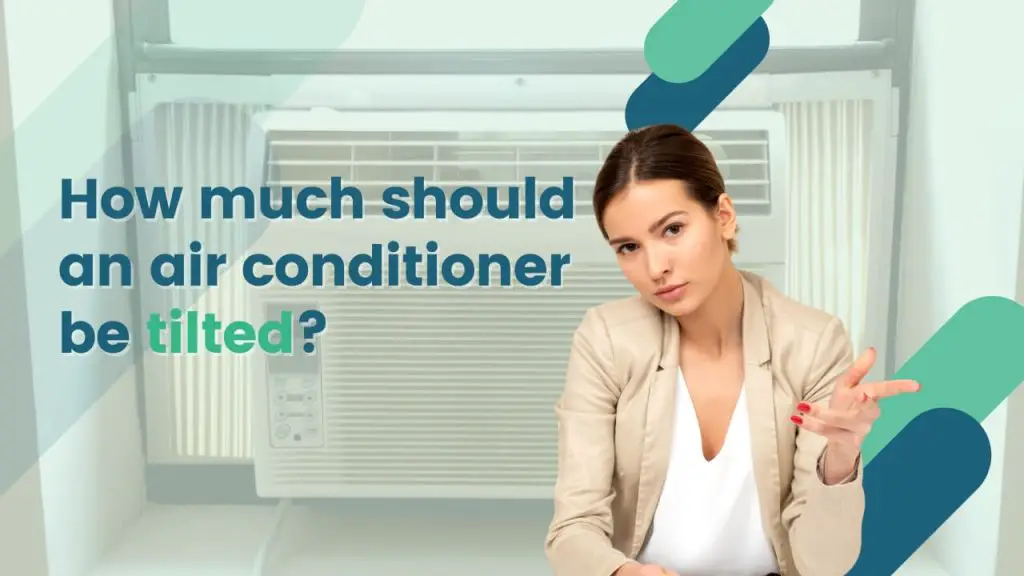
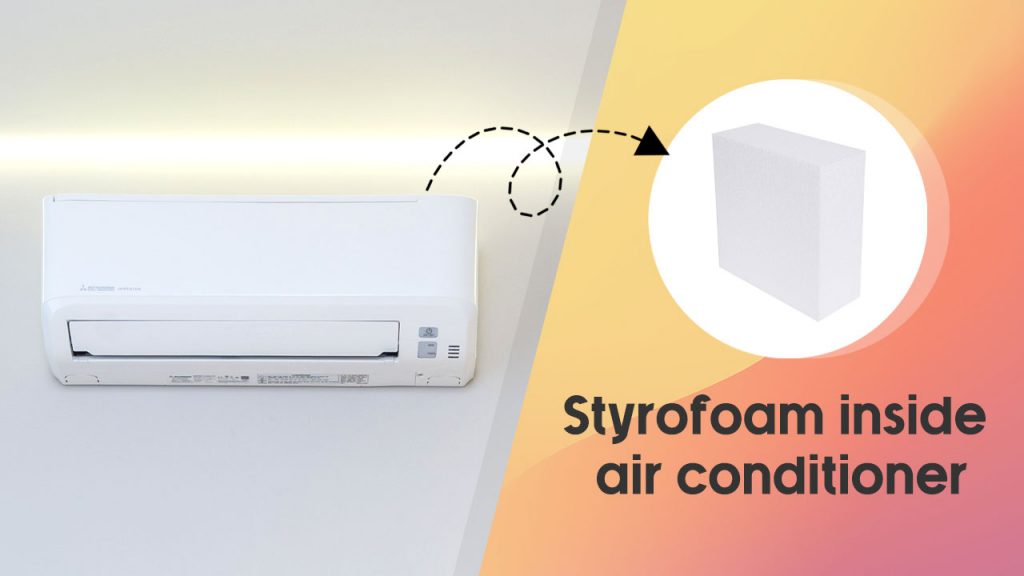
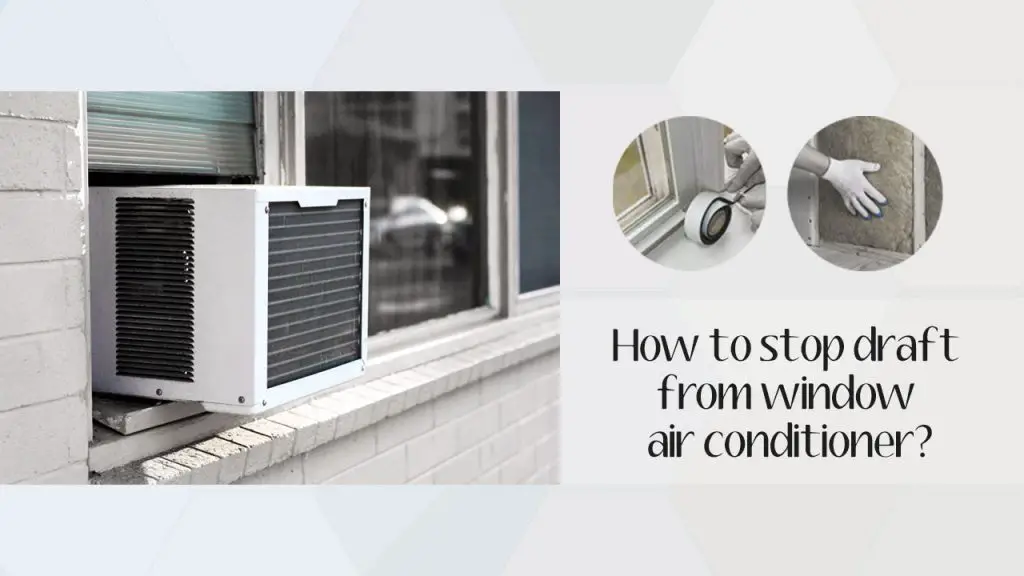
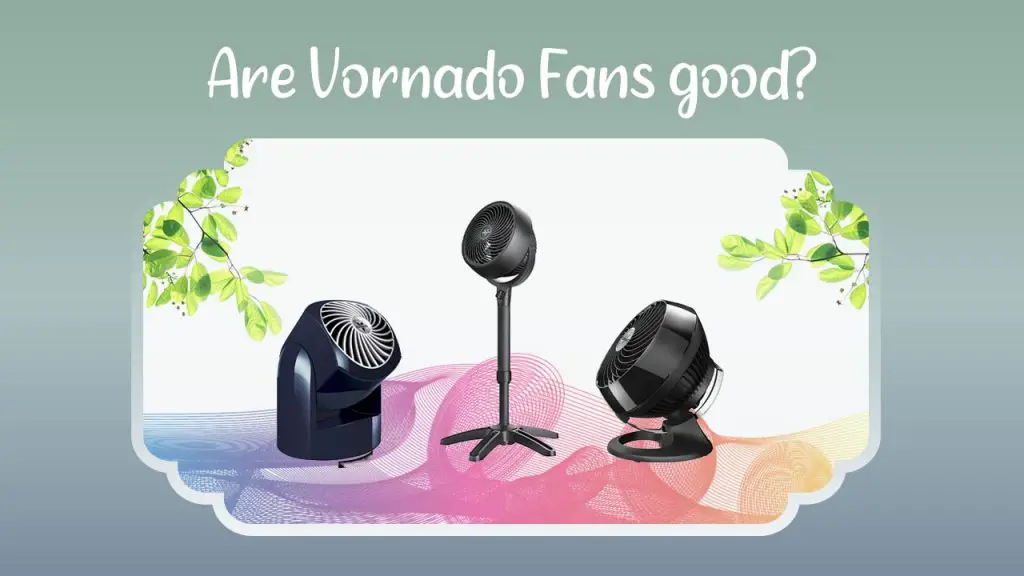
![Frigidaire Vs LG Air Conditioners [Comparison & Recommendations]](https://www.airpurelife.com/wp-content/uploads/2022/01/Frigidaire-vs-LG-Air-Conditioners-1024x576.jpg)
